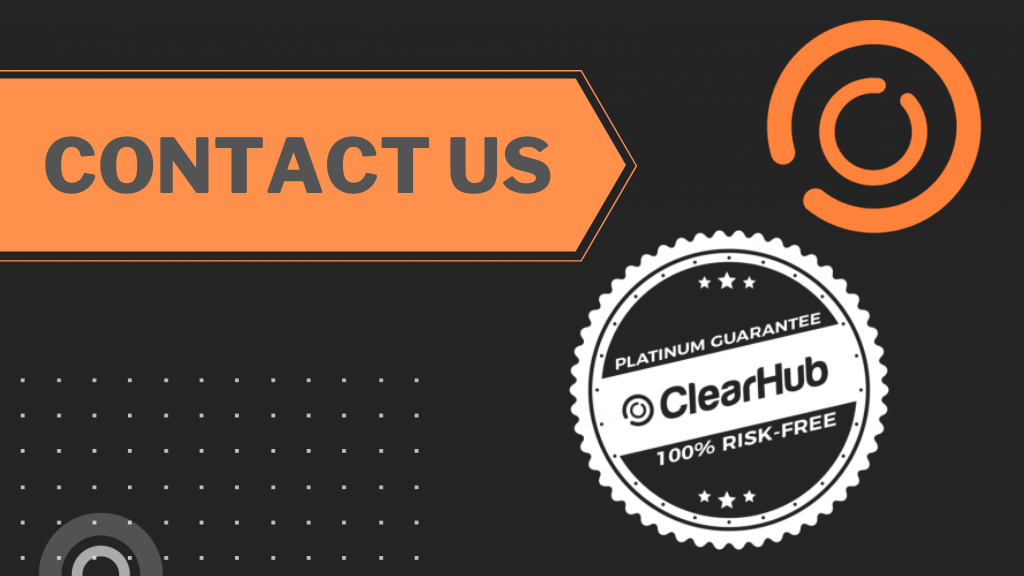
Simon Wood
How to transform a bad Atlassian tool into a working solution
- March 10, 2020
- , 10:40 am
- , Atlassian
The Atlassian product family helps teams of all types manage their work. But what happens when those tools aren’t helping you in your day-to-day job?
In this post, we are going to focus on one of Atlassian’s leading tools – Jira – and learn which features and functionalities you can repurpose to help your project management and development teams create a working solution.
Traditional project management
Jira is one of Atlassian’s top tools, which was originally designed as a bug and issue tracker. Now, Jira has evolved into a powerful work management tool and extended its reach across organizations, where it is not only used for software development, but to monitor and manage a broad range of use cases, requirements and teams.
While Jira is a hugely popular tool for software developers, when it comes to repurposing Jira for project management – business leaders can run into problems.
This is because Jira’s popularity within the software development community is a direct result of its disregard for traditional project management ideas. Instead, Jira favors the agile methodology and the continuous flow of collaboration, but this can cause problems when it comes to traditional project management methodologies.
For example, these project management discrepancies may include a lack of clarity for the budget and project deadlines, no project-level reporting, a lack of dependencies between tasks, no clear team hierarchy and no prioritization between projects.
So, what can you do when Jira is hindering your project management processes instead of helping them? What’s the solution? You could buy a big PPM tool and integrate it with Jira – but that’s an expensive option and one that could cause further disruption for your business.
Thankfully, Atlassian addressed these some of these issues a couple of years ago and the company now claims its Jira Software Cloud ‘can be configured to fit any type of project’.
Starting with a project template, a team can create a custom workflow and monitor its progress using a series of Jira issues. These issues (aka tasks in the Jira system) track each project deliverable in the workflow as the project edges closer to completion.
Your permissions can also be customized, enabling administrators to grant specific access rights and assign actions within your project. With all of this project information available, you can generate reports to track and monitor your progress and productivity.
What’s more, the Jira marketplace provides add-ons to convert Jira projects into actual management entities that help you and your managers meet your budgets and deadlines.
CI/CD
Agile is now an established methodology for many development teams, but there’s a new kid on the block: continuous integration and delivery, or CI/CD.
CI/CD is a growing trend where developers maintain and own their software development pipeline and are also responsible for shipping their code to your customers. But this way of working also introduces new challenges into the software development lifecycle.
This is where Jira can help in a number of ways. When used correctly, it can help your developers manage and streamline their work across their pipeline. Let’s look at three common CI/CD scenarios and how you can reconfigure Jira to support this way of working:
Use case 1: Use Jira to increase your DevOps collaboration
Using Jira, your developers can easily review an issue and see what environment this code is running on. During a sprint, this allows your operations and QA teams to collaborate and work on the same piece of functionality. This also creates a rapid feedback loop for your testers, allowing tests to be carried out at any point in your development process. This not only boosts the robustness of your code base, but also fosters a culture of collaboration across your DevOps environment.
Use case 2: Build workflows to reduce your change failure rates
If your teams run their own services during the CI/CD process, you must maintain a healthy pipeline to reduce the number of failures. With Jira, you can build workflows to monitor your failure rates and bring your development and operations teams closer together, allowing them to fix these issues as quickly as possible.
Use case 3: Deploy frequently and with confidence
The Jira Release Hub is a powerful tool, which you can use to display a team’s progress towards the next product increment or version. This hub not only provides visibility for your development lifecycle, providing teams with a clear indication of the status of the current version, but it also provides traceability, including a clear summary and breakdown of the development lifecycle at any point in time, allowing your team to find any potential issues ahead of a planned release.
In conclusion
Jira is a feature-rich solution, but it is also a highly complex offering. To make sure you’re using Jira in the right way for your business, you may need specialist help. This is where ClearHub can help. We can match your project with high-quality Atlassian contractors, all available under our 100% guarantee, to get your Jira installation working for you and your business. If you’d like to find out more about hiring a specialist Atlassian contractor, click here.



